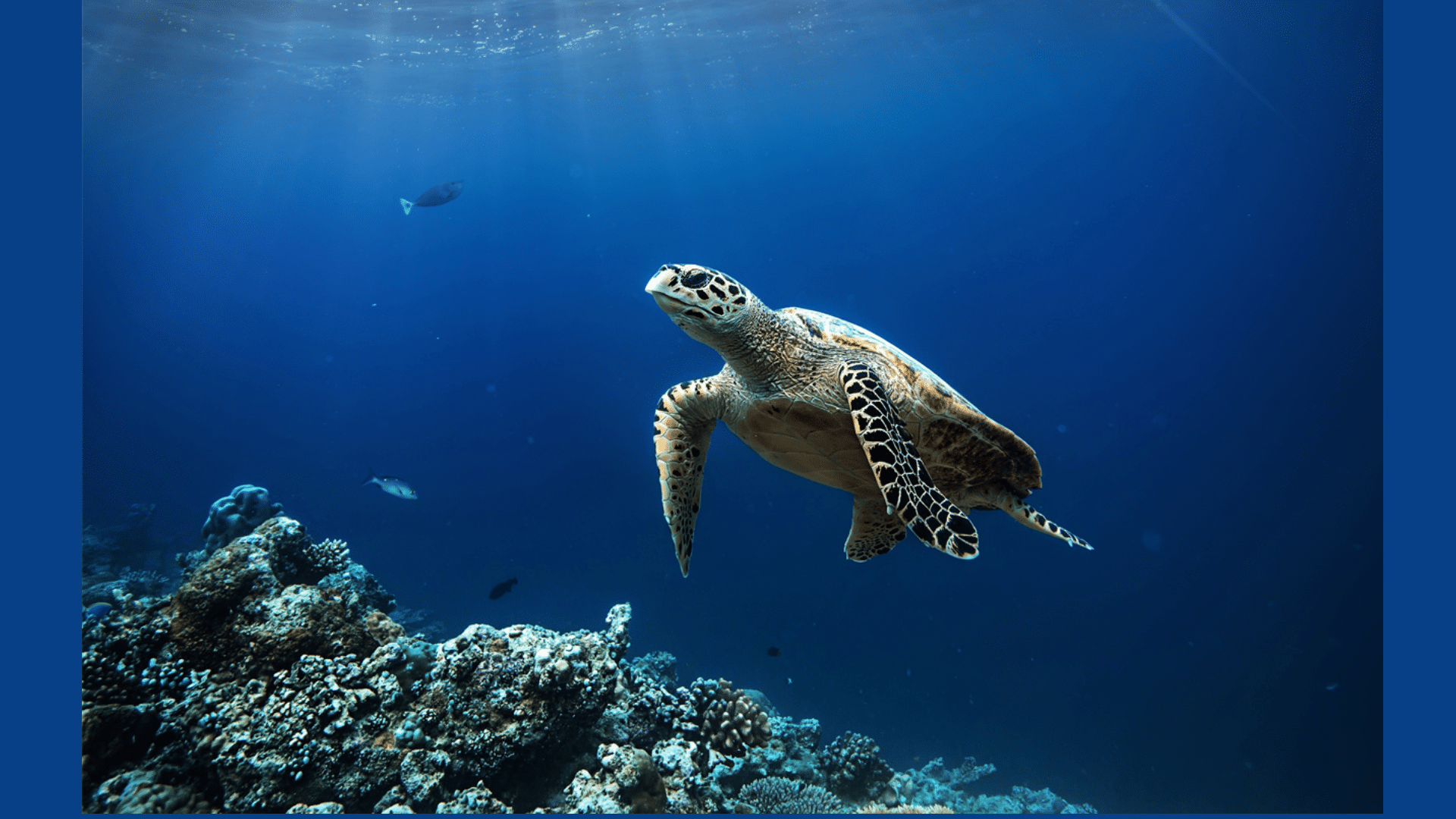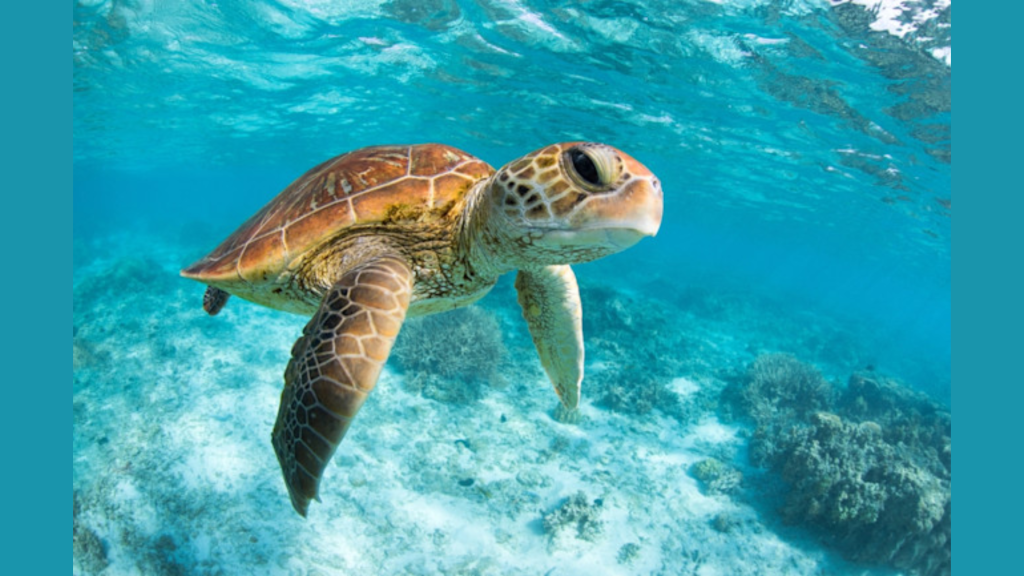Some animals can be tricky to figure out, and turtles are one of them. They walk slowly, spend time in water, and have a shell that makes them stand out.
Because of this, many people aren’t sure how to describe them. Are they like frogs? Do they belong with lizards?
It’s easy to mix things up when an animal doesn’t fit neatly into one group. Turtles are calm and quiet and often seen near lakes or ponds, but that doesn’t tell the full story.
This guide is here to clear things up in a simple way, just easy facts to help you see turtles in a new light.
What Makes Amphibians and Reptiles Different?
Animals can seem similar at first, but their skin, eggs, and growth patterns reveal significant differences between amphibians and reptiles.
Amphibians: Live partly in water and on land, have moist skin, lay soft eggs in water, and grow through body changes.
Reptiles: Have dry, scaly skin, lay hard-shelled eggs on land, breathe with lungs, and grow without any big body changes.
Are Turtles Amphibians or Reptiles?

Turtles are reptiles, not amphibians. Even though many turtles live in water, they don’t have the features that define amphibians.
Their eggs have tough shells, and baby turtles hatch looking like mini adults. They also breathe through their lungs, not through their skin.
These are all classic reptile traits. It’s easy to confuse them because turtles swim so well and are often found near water.
However, when examining how their bodies function and how they develop, turtles clearly belong to the reptile group.
Types of Turtles and Their Habitats
| Type of Turtle | Habitat | Key Features |
|---|---|---|
| Sea Turtles | Oceans, long distances in saltwater | Swim long distances in saltwater |
| Freshwater Turtles | Lakes, rivers, ponds; prefer still or slow-moving water | Found in calm water areas |
| Box Turtles | Land, forests, and grassy places | Slow-moving, shy, and terrestrial |
| Snapping Turtles | Muddy waters | Strong bite, spends most time in water |
| Softshell Turtles | Freshwater | Flat bodies, soft shells, fast swimmers |
| Painted Turtles | Sunny ponds, small lakes | Brightly colored, they enjoy basking in the sun |
Fun Facts About Turtles
Turtles are interesting creatures with unique traits and abilities. Here are some fun and surprising facts about these ancient reptiles.
- Long Lifespan: Some turtles, especially giant tortoises, can live for over 100 years, making them one of the longest-living animals on Earth.
- Built-In Shell: A turtle’s shell is part of its skeleton, connected to its ribs and spine, acting like a natural shield for safety.
- No Teeth: Instead of teeth, turtles have strong, sharp beaks that help them bite, tear, and chew all kinds of food.
- Backside Breathing: Some turtles can absorb oxygen through their rear ends, which helps them stay underwater for longer during cold months.
- Ancient Creatures: Turtles have been around for over 200 million years, living through major Earth changes and even outlasting the dinosaurs.
- Land Lovers: Not every turtle swims; box turtles, for example, live mostly on land and only go near water to drink or cool down.
- Breath Holders: Turtles can slow down their body activity and hold their breath underwater for hours, especially while sleeping or hiding.
- Unique Shells: Every turtle has a different shell pattern, kind of like a fingerprint, and no two shells look exactly the same.
Conclusion
No doubt, turtles are always full of facts once you take the time to learn about them.
They may seem simple, but they have their own ways of doing things, from the places they live to how they move and grow.
However, learning more about them helps us understand how differently they live and why they even matter.
So next time you see a turtle, take a moment, you’ll know there’s a lot more going on beneath that shell.















